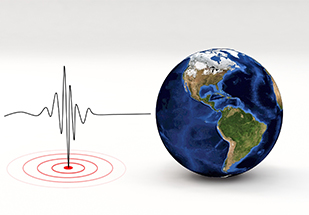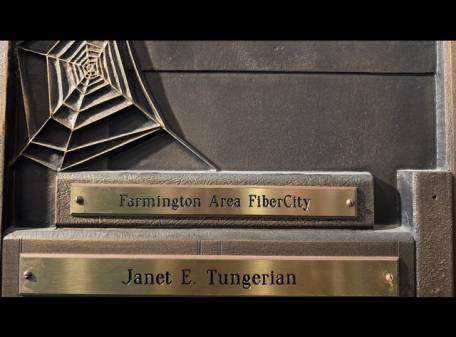Fiber optic networks are already surpassing their purpose of delivering high speed internet and HD television to homes by enabling Smart City infrastructure to Cities worldwide, but now they may able to detect earthquakes as well.
Earthquakes are one of the most destructive natural disasters striking with no warning often claiming many lives and causing a huge amount of damage. Imagine if there was a technology that could provide even a few minutes of warning.
Researchers at Stanford have put forward an interesting proposal which involves fiber optic cables. The same cables which provide internet to your home and can transmit data at the speed of light, may be able to predict earthquakes in the future.
Biondo Biondi, a professor of geophysics at Stanford’s school of Earth, Energy and Environmental Science, has been working over the past year to demonstrate that it is possible to convert the jiggles of perturbed optical fiber strands into information about the direction and magnitude of seismic events.
Utilizing, laser interrogators, researchers have been recording the seismic jiggles throughout the 3 mile loop of fiber installed beneath the campus at Stanford.
“We can continuously listen to – and hear well- the Earth using preexisting optical fibers and that have been deployed for telecom purposes” Biondi said.
With the number of fiber optic networks increasing worldwide, scientists may be able to use them utilizing this method to detect earthquakes. Although these cables are not as sensitive as traditional seismometers they are less expensive and provide greater coverage of the territory.
According to a press release issued by Stanford, such a network would allow scientists to study earthquakes, especially smaller ones, in greater detail and pinpoint their source more quickly than is currently possible. Greater sensor coverage would also enable higher resolution measurements of ground responses to shaking.
Oil and gas companies are already using optical fiber to asses the surrounding environment. A technology known as DAS monitors the health of pipelines and wells.
According to Eileen Martin, a graduate student from Biondi’s class “How DAS works is that as the light travels along the fiber, it encounters various impurities in the glass and bounces back”
“If the fiber were totally stationary, that ‘backscatter’ signal would always look the same. But if the fiber starts to stretch in some areas — due to vibrations or strain — the signal changes.”
Typically, fiber optic detectors are attached to pipes and other equipment or encased in cement to maximize contact with the ground allowing for the highest data quality.
Biondi instead employs the same optical fiber as telecommunication companies, which lie unsecured and free floating inside hollow plastic piping.
“People didn’t believe this would work,” Martin said. “They always assumed that an uncoupled optical fiber would generate too much signal noise to be useful.”
However, since the fiber optic seismic observatory at Stanford began it has already detected 800 seismic events which have included local earthquakes ranging from 1.6 to 1.8 on the Richter scale as well as a recent earthquake in Mexico
It remains to be seen how effective this method might become in the future of predicting earthquakes or how much notice fiber optic cables could provide prior to an earthquake. However, even a few minutes warning has the potential to save lives.






